Many-ridged Venus Clam Shell, Periglypta multicostata
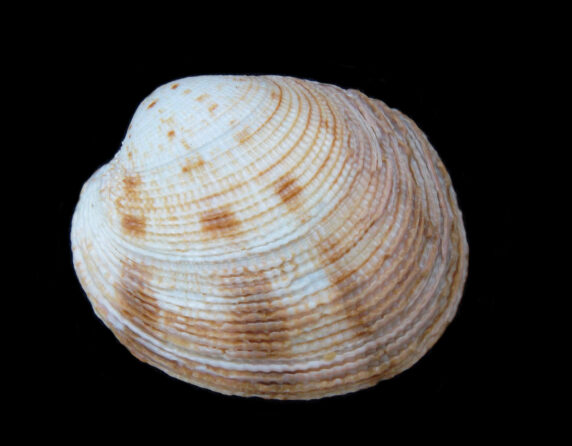
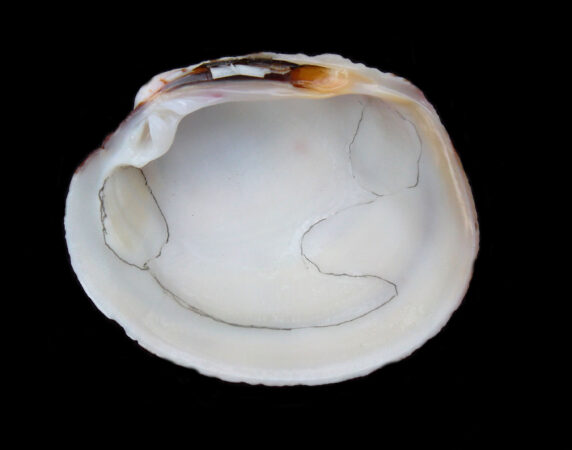 Many-ridged Venus Clam Shell, Periglypta multicostata. Shell provided by the commercial fishermen of the greater Los Cabos area, Baja California Sur, February 2017. Size: 13 cm (5.1 inches) x 11 cm (4.3 inches).Identification courtesy of Bob Hillis, Ivins, Utah.
Many-ridged Venus Clam Shell, Periglypta multicostata. Shell provided by the commercial fishermen of the greater Los Cabos area, Baja California Sur, February 2017. Size: 13 cm (5.1 inches) x 11 cm (4.3 inches).Identification courtesy of Bob Hillis, Ivins, Utah.
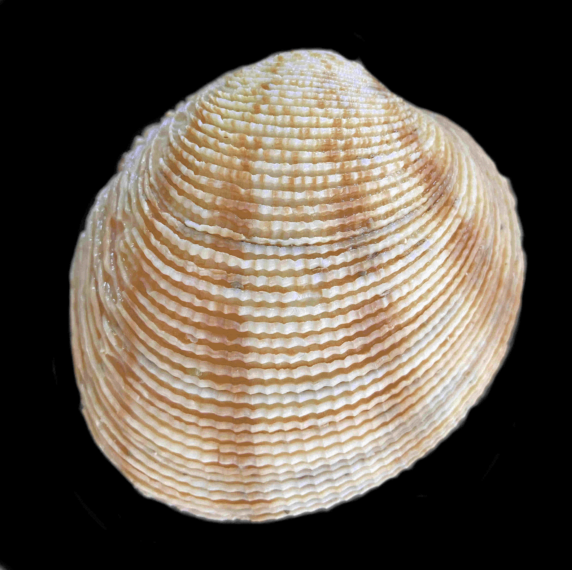
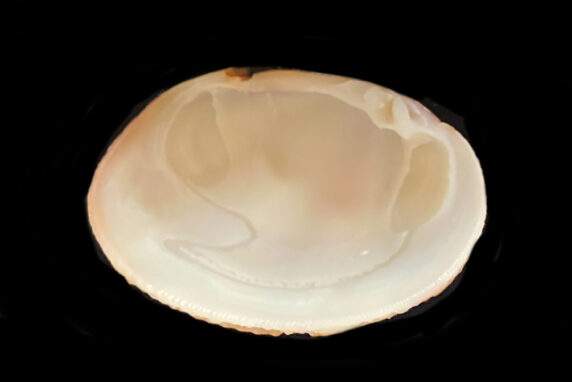
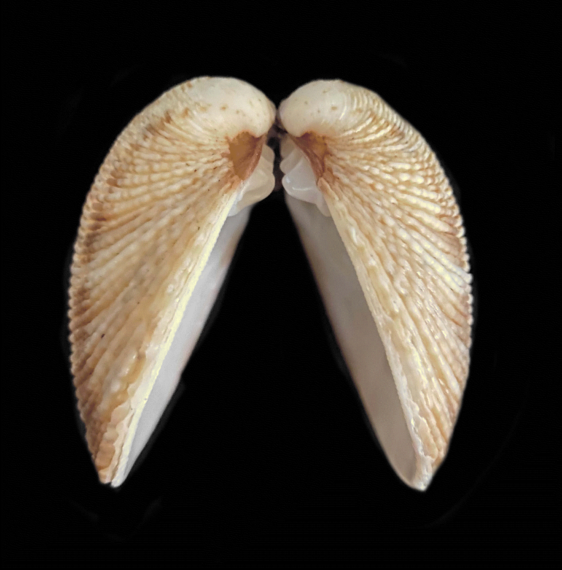
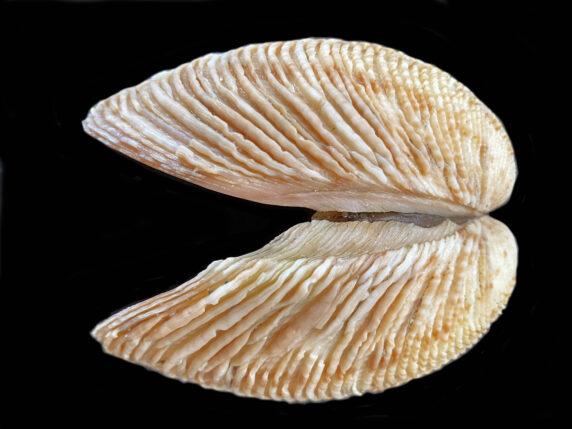 Many-ridged Venus Shell, Periglypta multicostata. Shell collected off the beach at Punta Chivato, Baja California Sur, February 2022. Size: 9.5 cm (3.7 inches) x 8.2 cm (3.2 inches). Photograph and Identifications courtesy of Colin Campbell, DVM, Punta Chivato, Baja California Sur.
Many-ridged Venus Shell, Periglypta multicostata. Shell collected off the beach at Punta Chivato, Baja California Sur, February 2022. Size: 9.5 cm (3.7 inches) x 8.2 cm (3.2 inches). Photograph and Identifications courtesy of Colin Campbell, DVM, Punta Chivato, Baja California Sur.
The Many-ridged Venus, Periglypta multicostata (G. B. Sowerby I, 1833), is a bivalve mollusk that is a member of the Veneridae Family of Venus Clams. They are known in Mexico as almeja acanalada and almeja costillada. They are large, heavy, and have an oval profile. The posterior end is longer and more rounded than the anterior end. They have prominent cardinal teeth and the external surface is sculpted with numerous, closely-space concentric ridges, crossed by fine radiating lines. The exterior of the shell is cream colored, with tan or light brown concentric markings; the interior is cream colored. The Many-ridged Venus Shells reach a maximum of 13.7 cm (5.4 inches) in length and 11.8 cm (4.7 inches) in height.
Many-ridged Venus clams are found in sand substrate, often under rocks intertidally and to depths up to 15 m (50 feet). They are found in the Sea of Cortez, from Santa Rosalia, Baja California Sur to Cabo San Lucas, Baja California Sur and extend as far south as Peru, including the Galapagos Islands. They have not been documented on the West coast of the Baja Peninsula.
Synomyms include Antigona multicosta, Venus multicostata, and Venus thouarsii.